Scottish poet Thomas Urquhart (1611-1660) left behind two unsolved cryptograms. Along with many others, they are listed on a website maintained by Eugen Antal.
Everybody interested in crypto history and usolved cryptograms should take a look at the HCPortal, a website maintained by Eugen Antal.
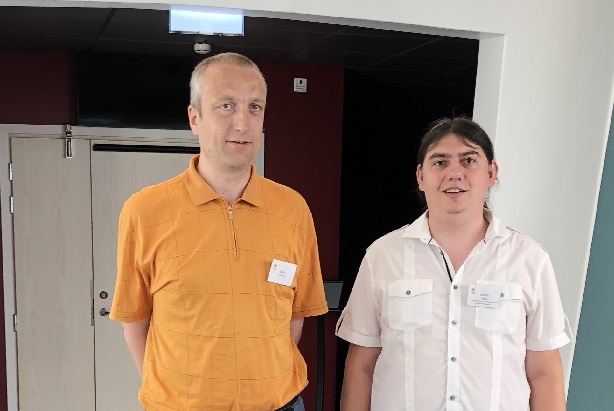
Source: Schmeh
The HCPortal contains a section about tools and web pages (this blog is linked there), a glossary (some of the explanations stem from the codes and nomenclator terminology I introduced on this blog), and a page about ManuLab, a software for statistical analysis of ciphertexts.
And then, HCPortal features a database of cryptograms. At the moment, about 50 ciphertexts (most of them unsolved) belong to this collection, many of which will be familiar to readers of this blog. Among others, the Rayburn cryptogram, the Dorabella cryptogram, the Copenhagen cryptogram, and the Erba murder message are contained in the database. Usually, this blog is listed as the primary source.
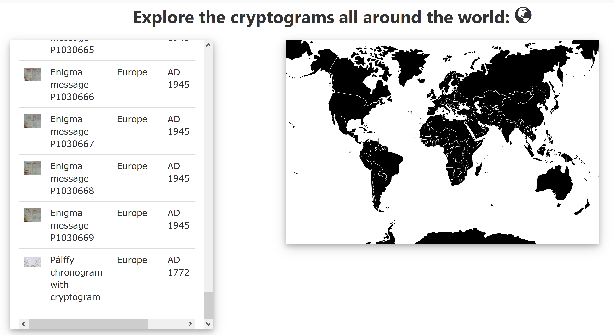
The latest entry in the HCPortal database of cryptograms is about the Pálffy chronogram. When Eugen informed me about this crypto mystery, I blogged about it. My readers Thomas Bosbach and Norbert Biermann immediately broke it. For this reason, the Pálffy chronogram is now marked as solved in the database.
Thomas Urquhart’s poems
Now that I’ve introduced the HCPortal, I would like to take the opportunity and relook at an interesting unsolved crypto mystery I introduced on this blog a few years ago and that is also listed in Eugen’s database: Thomas Urquhart’s encrypted poems.
Thomas Urquhart was a Scottish writer, translator and poet, most famous for his translation of French Renaissance writer Francois Rabelais. Blog reader Hans Jahr from Slovakia made me aware of an encrypted poem Urquhart left behind. I blogged about this poem in 2014. Later Kent Ramliden from Florida told me that there is at least one more encrypted poem of Urquhart’s authorship. I blogged about it, too. In 2017, I introduced both encrypted poems in my top 50 unsolved cryptogram series.
Urquhart poem 1 (distich)
Urquhart’s first encrypted poem is a two-liner (distich):
Here’s a transcription:
5.3.27.38.32.14.21.8.66.8.70.39.5.9.12.18.2.3.56.5.1.7.3.2.13.19.3.25.9.3.16.6.
25.15.13.6.11.20.5.1.2.12.1.20.20.49.20.20.35.33.4.6.8.35.5.33.5.5.18.10.3.11.32.42.
This cryptogram is contained in a book published by a certain John Wilcock in 1899. I don’t know where or when Urquhart published it. Does a reader know it?
Urquhart poem 2 (octastich)
Urquhart’s second encrypted poem is an eight-liner (octastich). Here it is:
25 11 39 4 4 10 3 54 50 19 1 18 1 5 9 58 15 1 4 17 1 42 32 77 23 75 6 3 18 20 36 8 21
4 10 22 3 5 11 3 162 18 21 44 79 42 2 17 61 32 7 7 107 8 59 28 54 31 113 42
1 6 96 31 87 5 88 1 4 30 10 15 8 47 28 17 139 17 69 5 29 9 9 1 51 6 114 8 34 30 2 18 24 41 33 74 93 8
5 12 58 162 12 44 1 66 9 15 100 42 2 28 16 6 27 4 196 70 53 7 1 69 2 15 89 34 11 13 12 29 15 76 40 22 8 24 75
3 58 15 2 1 4 5 56 5 5 2 4 12 20 19 14 80 37 45 34 3 95 6 38 1 18 11 27 4 13 7 24
5 20 5 87 40 25 9 56 21 29 2 81 50 147 2 6 16 15 14 9 13 27 3 16 14 7 6 10
38 3 3 2 10 34 8 18 9 28 2 4 6 2 201 10 13 6 1 36 1 31 4 17 54 16 5 22 11 5 31
71 96 15 45 19 6 64 10 42 7 83 37 6 3 7 74 4 14 8 91 27 12 11 2 28 50 68 3 2 12 1 5 49 3
7 7 95 66 1 11 33 51 50 6
According to Kent Ramliden, this octastich is contained in Urquhart’s book The Jewel. If a reader knows an online source for this book, I would be very grateful.
Statistical analysis
Kent Ramliden provided me the following frequency counts:
As can be seen, “1” is the most frequent character in the octastich, followed by “3”, “2”, “4”, and “6”. There is a clear negative correlation between the size of a number and its frequency. Something like this often happens when the letter that appears first in a text is substituted with “1”, the second with “2”, the third with “3” and so on. A similar effect – yet less clear – can be seen in the distich.
The ciphers Urquhart used might be nomenclators. My guess is that the low numbers are used for letters, while the higher ones stand for words.
Can a reader solve one of these two mysteries?
Follow @KlausSchmeh
Further reading: How Paolo Bonavoglia solved a 19th century encrypted book
Linkedin: https://www.linkedin.com/groups/13501820
Facebook: https://www.facebook.com/groups/763282653806483/

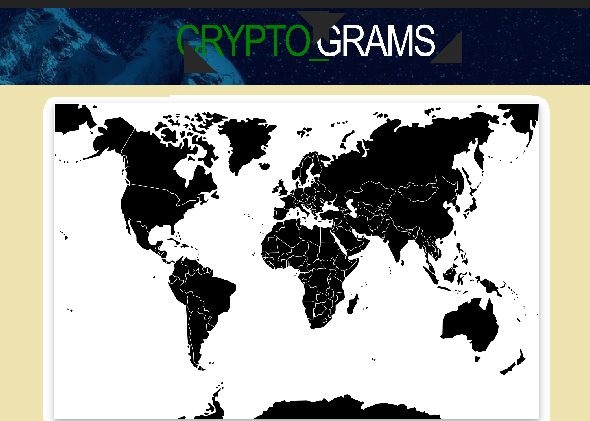
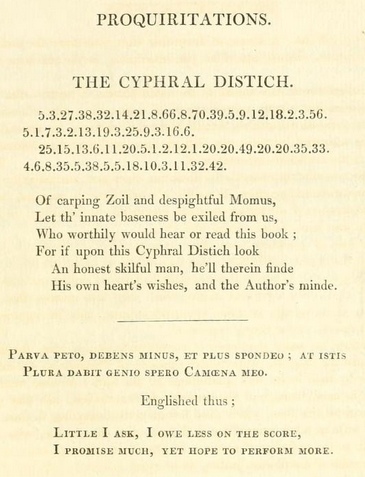
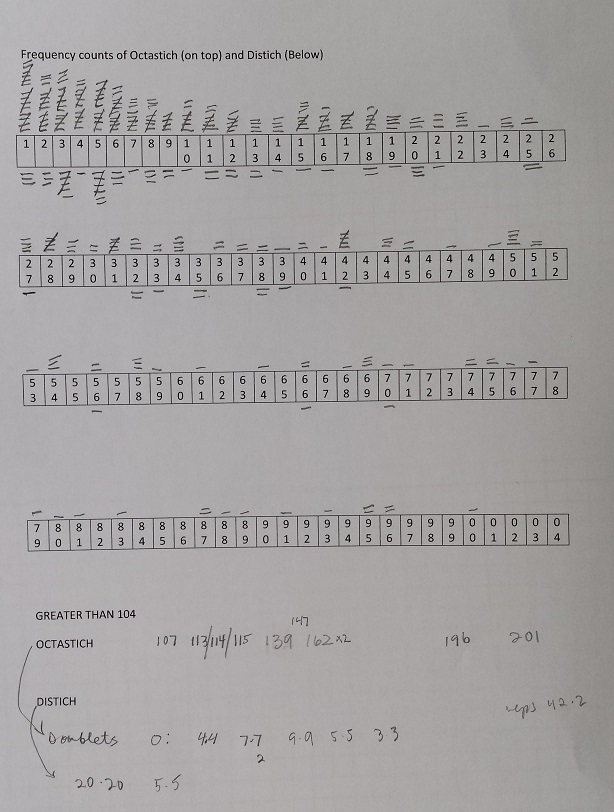

Kommentare (17)